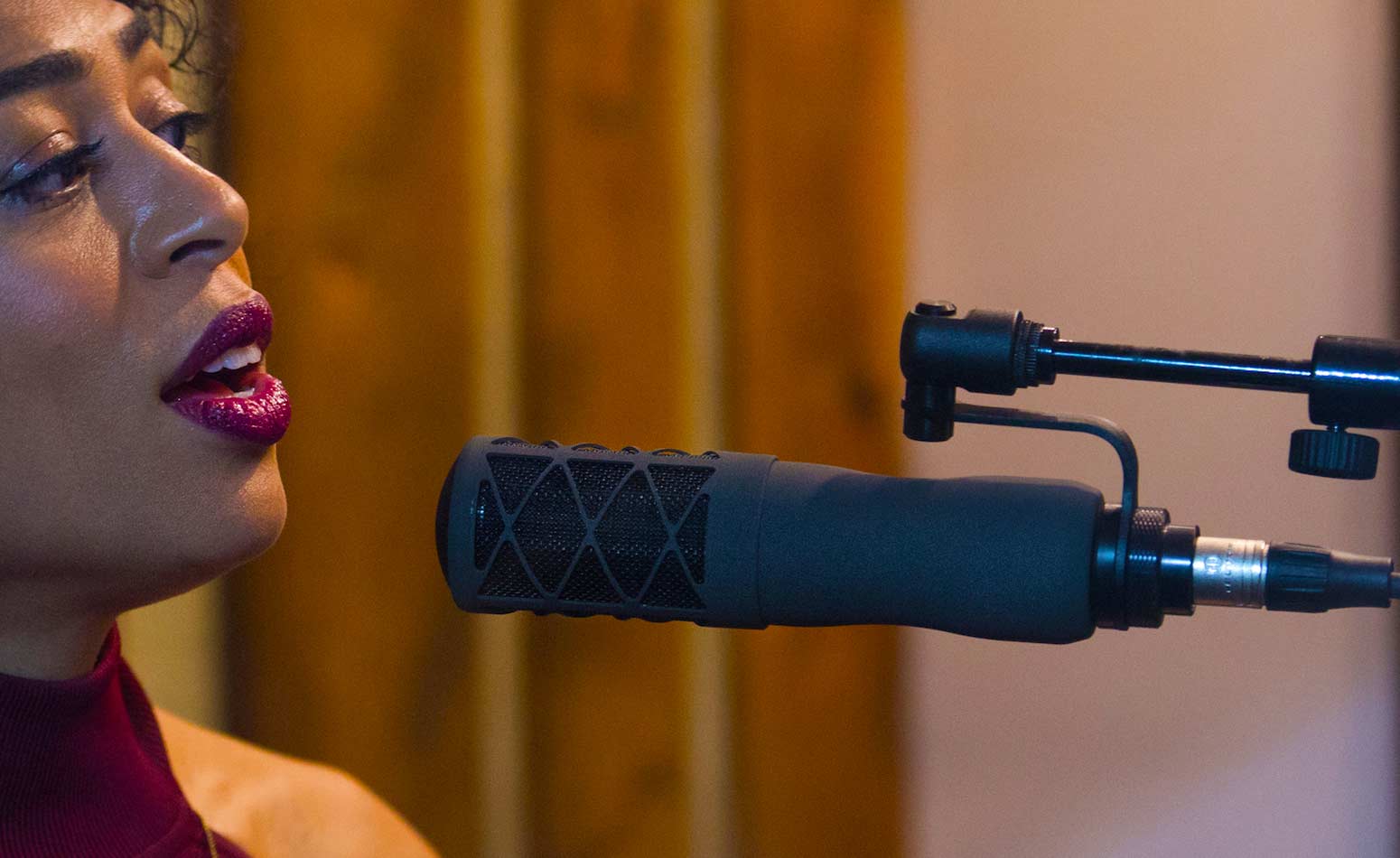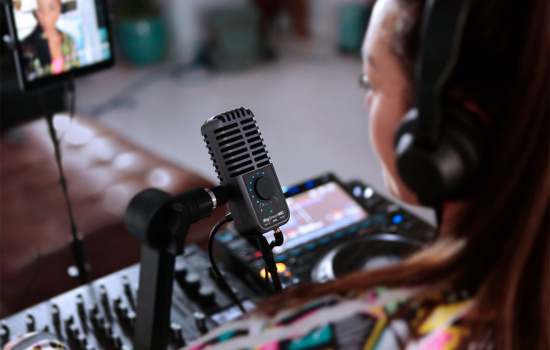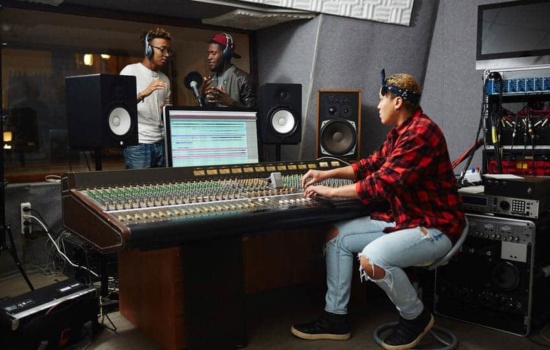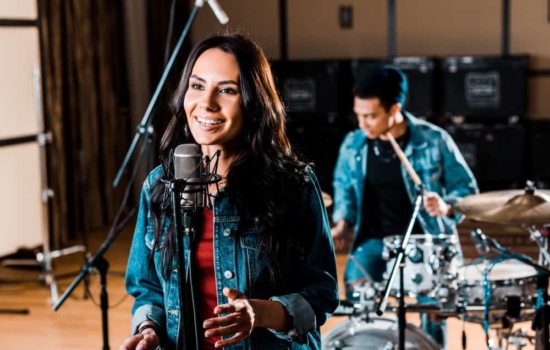Before we get to specific mic models, it’s crucial to understand one hard truth: there is no single “best” microphone for every singer. As one professional vocalist wisely put it:
The microphone that makes your friend’s vocals sound heavenly might not flatter your unique voice. Each mic has its own character – some are bright and airy, others warm and mellow. Your goal is to find a mic that complements your vocal tone and style.
Here are the key factors to consider when choosing a vocal mic:
- Mic Type (Condenser vs. Dynamic): Vocal mics generally fall into two categories. Condenser microphones are very sensitive and capture lots of detail and high frequencies, which can make vocals sound crystal clear – but they also pick up more background noise. Dynamic microphones are less sensitive and often more rugged; they excel at isolating your voice in imperfect rooms and live settings. In a quiet, treated studio, a large-diaphragm condenser is often the go-to for vocals. If you’re recording in a typical bedroom or a noisy space, a dynamic mic might actually give you a cleaner result with less room noise.
- Your Recording Environment: Be brutally honest about your space. Is it a soundproof studio, or just a corner of your room with a laptop? Hard truth: a $3,000 Neumann won’t perform its best in an echoey kitchen or a garage with noisy neighbors. There is no microphone that will fix a poor sounding room. As recording engineer Landon Hook advises, it’s often smarter to invest in basic acoustic treatment (like foam panels or DIY solutions) before splurging on an expensive mic. Even draping some blankets or using a portable vocal booth can help. The better your room sounds, the better any mic will sound.
- Budget and Quality: Thankfully, you don’t need to spend a fortune to get a great vocal mic. There are excellent budget mics under $100 that can produce pro-quality vocals, especially when paired with good technique. As you go up in price, you’ll find improvements in build quality, clarity, and features – but with diminishing returns. We’ve highlighted our favorite picks in each price range below. Remember, a higher price doesn’t automatically guarantee it’s the right mic for you.
- Additional Gear: Consider how you’ll connect and use the mic. Most studio-quality vocal mics use XLR connections and will require a decent audio interface or mixer with microphone preamps. If you’re not ready for that, you might look into USB microphones that plug directly into your computer – though in this article we focus on traditional studio mics. Also, factor in the cost of a mic stand and a pop filter (the little screen that tames “P” and “B” sounds). Many of our recommended mics come with accessories like shock mounts or windscreens, but if not, you’ll want to budget for those as well.
- Testing if Possible: If you have the opportunity, try out a few microphones with your own voice. Many pros do mic “shootouts” – for example, they might test a classic Neumann condenser against a Shure SM7B dynamic and a modern budget mic to see which captures a particular singer best. One experienced producer, Jeremy Stephens, shared that in his studio he often sets up an SM7B, a Neumann U87, and a high-end vintage-style mic (like a U47 clone) and lets the singer audition each. Surprisingly, the ~$400 Shure SM7B wins about 20% of the time even when up against $3,000–$5,000 microphones! His takeaway: don’t assume the most expensive mic is always the best for every voice. Use your ears to find the right match.
In the end, choosing a vocal mic is part science (specs and theory) and part art (personal preference). Now, with these principles in mind, let’s explore some of the best vocal mics of 2025 across various price points. We’ll start at under $100 and work our way up. No matter your budget, you’ll find a solid option here that can help you capture great vocals.



